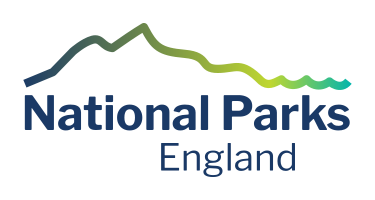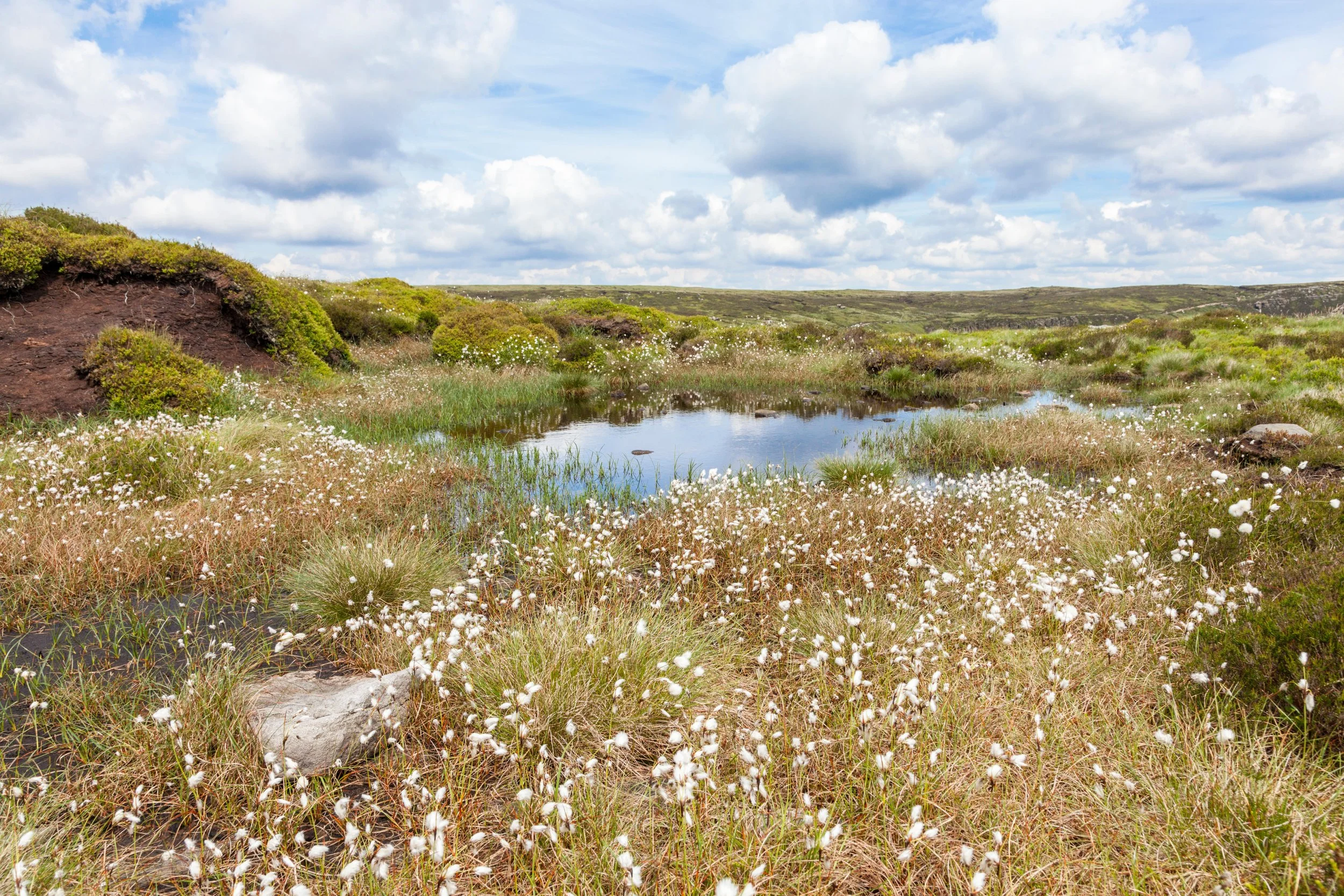The power of partnership: our response to calls for more public land ownership in National Parks
Species-rich chalk grassland in the South Downs National Park, restored through the Changing Chalk partnership
Britain’s National Parks have been in the news spotlight today, as campaigners claim that greater public ownership of land would give more control to speed up the restoration of nature within National Parks.
The land within the National Parks of England and the UK as a whole is a complex patchwork of ownership, ranging from small farmers to large landowners; from wildlife charities to water companies. The vast majority of land within Britain’s National Parks is privately owned.
Our National Parks were not founded on the idea of using state purchase to preserve tracts of ‘wilderness’. There is no truly untouched ecosystem in Britain; every patch of land has been in some way touched by the hand of humanity, in some cases creating rural patchworks which have been celebrated as beautiful. Even comparatively remote places are often home to centuries-old communities linked to farming, fishing, mining, manufacturing.
Our National Parks were created as natural refuges but also cultural preserves. They protect the distinctiveness and integrity of landscapes which could otherwise have been eroded or altogether lost. They also facilitate and promote public enjoyment of the countryside, making rural landscapes more open, accessible and enjoyable.
Transformation by partnership
But should more land in our National Parks be publicly owned? Is this necessary for large-scale nature restoration?
Britain’s National Parks play a vital role in sheltering rare wildlife and distinctive habitats, but it is true that they have the potential to play a much bigger role in the restoration and revival of Britain’s biodiversity and natural abundance. But our experience as England’s National Parks is that - although land acquisition on the open market can be an important tool - ownership of land in itself is not the decisive factor in driving nature recovery.
Where there is the right blend of resources, funding and powers is in place, working in partnership with land owners and managers can deliver spectacular successes for both nature and people. A long-established example is the Moors for the Future Partnership, which has brought together a range of third sector, public sector and private sector stakeholders to restore degraded peatland across a huge area in the Peak District and South Pennines, turning bare black hills into thriving habitats which can be eight times more effective at capturing carbon than rainforest.
Another more recently-launched example is the Changing Chalk partnership in the South Downs National Park, which will restore species-rich wildflower grassland within a 458 square kilometre area of the eastern South Downs.
Cottongrass blooming on peat bog restored through the work of the Moors for the Future partnership in the Peak District National Park
Funding losses
Funding for nature restoration within National Parks comes from a variety of sources, including the National Lottery, third sector organisations public and private funding. But we face a situation where central National Park funding has been starved by previous governments - cuts over the last 15 years have resulted in an annual shortfall in National Park Authority funding of around £30 million. The total amount lost since 2010 is around £230 million.
Public funding pots relating to nature recovery, including the £50 million Farming in Protected Landscapes programme, are yet to be extended beyond this financial year. Our primary concern is to make sure funding is available for all partners in Protected Landscapes to be able to deliver on nature recovery.
Other bodies that can affect National Park landscapes have a vital role to play. A new duty in The Levelling Up and Regeneration Act 2023 requires statutory bodies - examples of which are water companies, the Forestry Commission and local authorities - to seek to further the statutory purposes of National Park work. We want to ensure this duty is implemented properly.
Many of these points and more were made by Kevin Bishop, chief executive of Dartmoor National Park Authority, who spoke about land ownership in National Parks on BBC Radio 4's today programme - you can hear his interview at 1hr 53 here: BBC Radio 4 - Today, 12/09/24 - The NHS is in a 'critical condition'
With the right support, National Parks can become beacons for a sustainable future by playing a leading role in restoring nature, tackling the climate crisis, boosting our economy, and contributing to the health and wellbeing of the nation. Our ambition in this respect is set out within the Great National Parks Plan and our commitment to large-scale climate change mitigation through the Race to Zero initiative.


